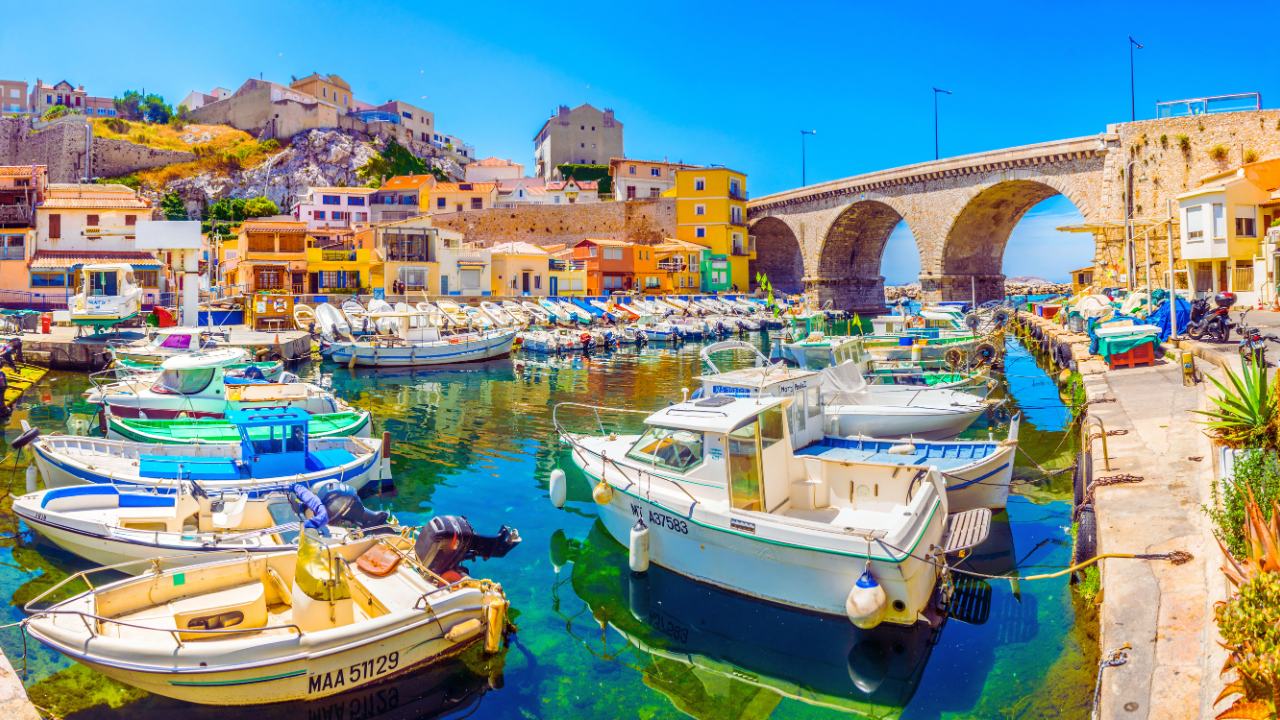Límon is a city located on Costa Rica’s Atlantic coast. With stunning landscapes, world-class beaches and beautiful and diverse fauna and flora, it is also the land of Afro-Costa Ricans.
According to official data, Costa Rica has a population of nearly 5 million people. Blacks constitute 8% of the total population, but nearly 24 percent (roughly 90,000 people), make up the Afro-Caribbean community of Límon.
The history of Black people in Costa Rica dates back to the 16th century, when the first enslaved Aficans arrived in the country.
According to Russell Lohse, author of the book Africans into Creoles: Slavery, Ethnicity, and Identity in Colonial Costa Rica, there was never a fully viable cash crop plantation system — that is, outside the small spike in cacao production between 1690-1740, which saw the largest influx of slaves in Costa Rica.
For the most part, enslaved Africans were focused on domestic labor, many of them working alongside Spanish colonialists. This form of slavery was very different from other enslaved societies in the Americas.
But it was in Límon that the Black people in Costa Rica marked the province’s image. It started in the 1920s with the arrival of Black people from other Costa Rican provinces, and from other countries such as Jamaica to the banana plantations in search of higher wages.
Currently, the presence of this cultural manifestation has enriched the history of Costa Rica. The influence of the inherited customs of West Africa and the Antilles has definitively marked what Afro-Costa Rican culture is, both in architecture, gastronomy, and music and in its traditions.
Afro-Costa Rican culture is not an imitation of African traditions since it has its own particularities within its territorial, social and cultural dimension. The maximum expression of these occurs in the province of Límon, on the Caribbean coast.
For example, in architecture, it’s clear the influence of Afro-British influence of Victorian style, which comes from the Antilles and Jamaica. In gastronomy, Pati is the most popular dish, and is made of a pastry cake filled with meat, spices and hot pepper.
Límon Carnival also displays the strong influence of Afro-Costa Ricans. The event, which spans an entire week, typically occurs in October. The Carnival’s soundtrack is calypso, an Afro-Caribbean music that originally came from Trinidad and Tobago, but birthed its own version in the province.





